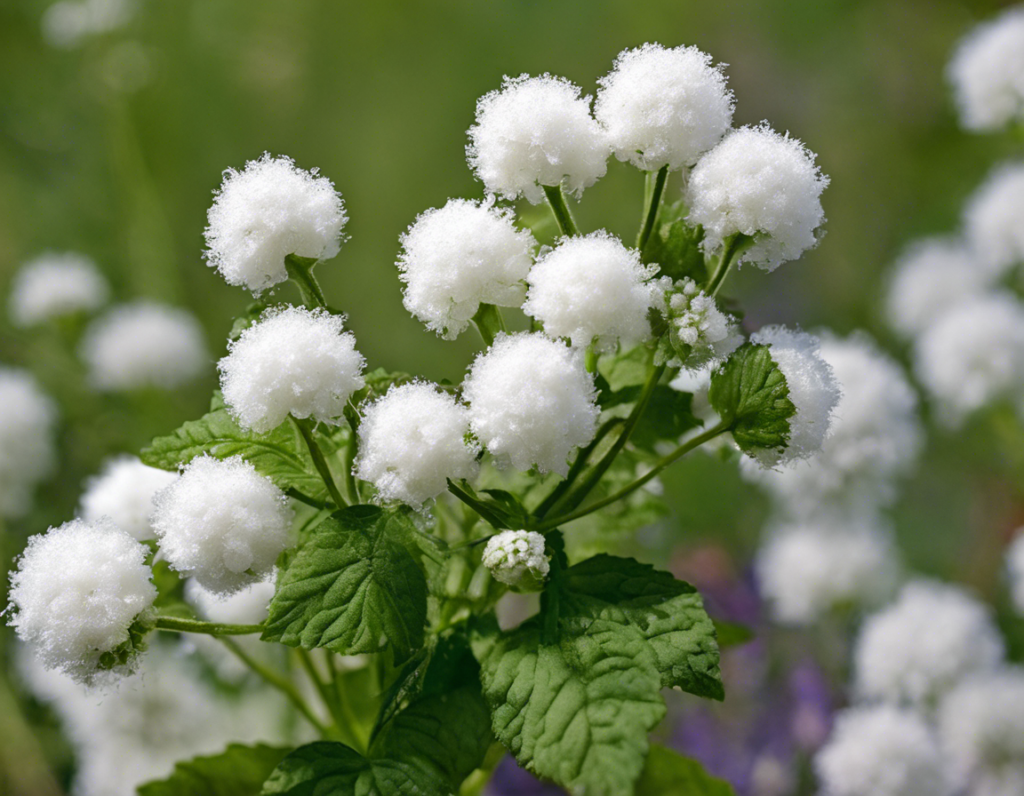Snowball weeds, also known as hairy bittercress or Cardamine hirsuta, are invasive plants that can quickly take over your garden or lawn if left unchecked. These fast-growing weeds can produce and scatter their seeds in a matter of weeks, leading to a never-ending battle to keep them at bay. To effectively combat snowball weeds and prevent them from spreading, it is essential to employ a combination of manual, mechanical, and chemical control methods. In this comprehensive guide, we will explore various strategies for snowball weed removal to help you reclaim your outdoor space.
Understanding Snowball Weeds
Before delving into removal strategies, it’s crucial to understand the characteristics of snowball weeds. These winter annuals are part of the Brassicaceae family and are characterized by their lobed leaves and small white flowers that resemble miniature snowballs. Snowball weeds typically emerge in late winter or early spring, thriving in moist, shady areas with fertile soil. As prolific seed producers, a single plant can quickly give rise to a sizable population, making timely intervention crucial to prevent their spread.
Manual Removal
Manual removal is one of the most effective methods for combating snowball weeds, particularly in small or sensitive areas where chemical applications may not be suitable. To manually remove snowball weeds:
- Hand-pulling: Grasp the weed as close to the root as possible and gently pull upward to ensure you remove the entire plant, including the root system.
- Use of gardening tools: For larger infestations or weeds with deep roots, tools like hand trowels or weed pullers can aid in extraction.
It’s essential to regularly monitor the area for regrowth and promptly remove any new seedlings to prevent reestablishment.
Mechanical Control
Mechanical control methods involve using tools and equipment to physically remove snowball weeds. While labor-intensive, these methods can provide effective results when applied correctly. Some mechanical control techniques include:
- Hoeing: Using a sharp hoe to sever the weeds from the soil surface.
- Cultivation: Tilling the soil can disrupt weed growth and expose weed roots to desiccation.
- Mulching: Applying a thick layer of organic mulch can smother emerging weeds and prevent sunlight from reaching the soil, inhibiting weed growth.
Regular maintenance and monitoring are key to the success of mechanical control methods, as snowball weeds can quickly rebound if left unchecked.
Chemical Control
When manual and mechanical methods alone are insufficient to manage snowball weed infestations, chemical control may be necessary. Herbicides can be effective in targeting established weeds and preventing seed germination. Before using any herbicide, consider the following:
- Selective vs. non-selective herbicides: Selective herbicides target specific weed species, while non-selective herbicides will kill any plant they come into contact with.
- Application timing: Apply herbicides when weeds are actively growing for optimal absorption.
- Follow label instructions: Always read and follow label instructions carefully to ensure safe and effective application.
Glyphosate-based herbicides are often recommended for controlling snowball weeds, but consult with a local extension office or garden center for guidance on the most suitable herbicide for your specific situation.
Preventive Measures
Prevention is key to long-term snowball weed management. By adopting preventive measures, you can reduce the likelihood of weed establishment and minimize the need for intensive removal efforts. Some preventive strategies include:
- Regular maintenance: Keep your garden or lawn well-maintained to reduce opportunities for weed growth.
- Mulching: Apply mulch to suppress weed emergence and retain soil moisture.
- Plant spacing: Proper spacing between plants can help prevent weed encroachment.
- Seed control: Remove seed heads before they mature to prevent further seed dispersal.
By combining preventive measures with proactive removal strategies, you can create an environment that is less hospitable to snowball weeds and other invasive species.
Frequently Asked Questions (FAQs)
-
Are snowball weeds harmful to other plants in my garden?
Snowball weeds can compete with desirable plants for resources like water, nutrients, and sunlight, potentially stunting their growth. -
How quickly do snowball weeds spread?
Snowball weeds are fast-growing plants that can rapidly produce seeds and spread throughout a garden if left unchecked. -
Can I compost snowball weeds?
It is not recommended to compost snowball weeds, as they can reseed and spread when the compost is used. -
What is the best time of year to tackle snowball weed removal?
Early detection and removal of snowball weeds in late winter or early spring can help prevent them from setting seed and spreading. -
Are there natural predators or biological control options for snowball weeds?
While there are no specific predators for snowball weeds, promoting biodiversity in your garden can help create a balanced ecosystem that may naturally suppress weed growth.
In conclusion, combating snowball weeds requires a multi-faceted approach that combines manual, mechanical, chemical, and preventive strategies. By understanding the nature of these invasive plants and implementing targeted removal methods, you can effectively manage snowball weed infestations and preserve the health and beauty of your outdoor spaces.
